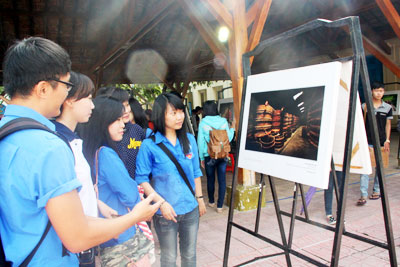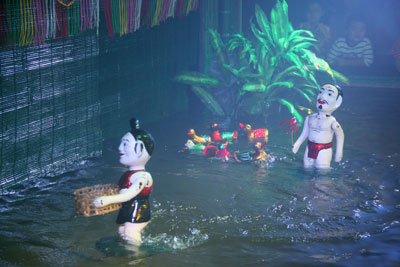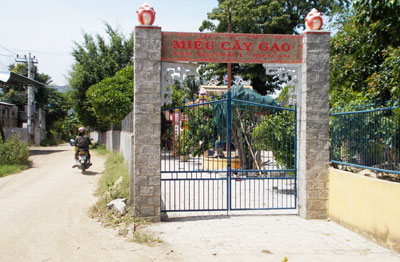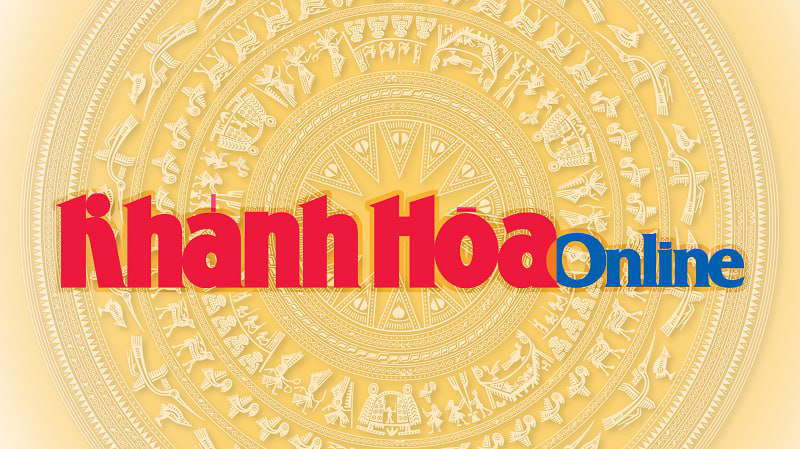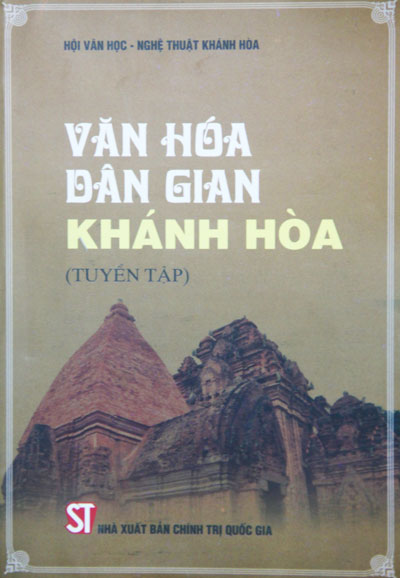
In Khanh Hoa Province, the field of folk arts has seemed to have fewer activities than other arts fields. However, the contributions of researchers in this field have played an important role in shaping the literature – arts in the land of aloe wood.
In Khanh Hoa Province, the field of folk arts has seemed to have fewer activities than other arts fields. However, the contributions of researchers in this field have played an important role in the literature – arts in the land of aloe wood.
The folk arts association branch now has 19 members, in which eight ones are also members of Vietnam Literature – Arts Association. Although there are not many members compared to other fields of arts like photography, fine arts, literature, etc., the folk arts association branch has gained many remarkable achievements. Specifically, folk arts researchers have created many collections and researches which have had scientific quality and practical values, including collection of Khanh Hoa folk arts 2005 – 2010, Ninh Hoa people tell old stories (Vo Trieu Duong), Ninh Hoa – inserts of folk arts (Do Cong Quy), History – Culture of Khanh Hoa, survey on villages’ communal houses in Vinh Trung Commune (Ngo Van Ban), and so on. Most recently, the provincial Literature – Arts Association has published the collection on Khanh Hoa’s folk culture (a collection of members’ researches from 2010 to 2014).
 |
| Collection on Khanh Hoa’s folk culture published at the end of 2014. |
The researches and works in folk arts have partly helped people to know more about the culture, history of the land of aloe wood. Some outstanding ones were about researches on areas’ culture, traditional businesses, the old and present geographic names, Khanh Hoa’s culinary culture. Author Mau Quoc Tien and Tran Kiem Hoang made some works about Raglai’s culture such as fairy tales of Raglai, native knowledge of the Raglai in Khanh Hoa and Raglai’s folk songs. These works received support from Vietnam Folk Arts Association in printing and publishing.
The achievements of the folk arts have not only made Khanh Hoa’s culture clearer but also showed the cultural relationship of Khanh Hoa and other neighboring localities as well as the formation and process of culture through periods.
“Although the folk arts association branch has not many members, it has published plenty of works and researches, among them were many quality ones. The researchers of folk arts have contributed significantly in clearing Khanh Hoa’s culture; retaining memories of geographic names, traditional businesses and custom in the province,” said Nguyen Si Chuc, chairman of Khanh Hoa Provincial Literature – Arts Association.
According to Vietnam Folk Arts Association, Khanh Hoa is one of three localities in the South Central – Highlands which have a strong development of folk arts. From 2009 to 2014, Khanh Hoa’s authors had nine researches that were awarded by Vietnam Folk Arts Association. Especially, four artists were given awards at Khanh Hoa’s five-year literature – arts awards (2006-2011), including Ngo Van Ban, Tran Viet Kinh, Nguyen Viet Trung and Vo Khoa Chau.
The culture is increasingly confirming its role in the development of economy and society. Nowadays, the traditional culture has been fading into oblivion; foreign culture has been widely spread through out the country. Therefore, researching and preserving folk arts has become more urgent. Beside efforts of researchers, the cultural industry needs to offer effective solutions to preserve the traditional folk arts.
H.N


